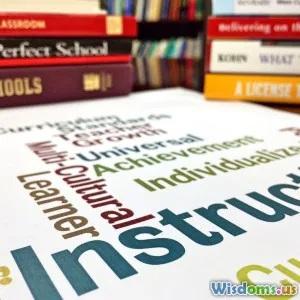
Flipped Classrooms in TESL Are They Worth the Hype
15 min read Explore the effectiveness of flipped classrooms in TESL and discover whether this dynamic teaching approach lives up to its reputation. (0 Reviews)
Flipped Classrooms in TESL: Are They Worth the Hype?
Imagine stepping into an English language class where students know the topic before the teacher even starts speaking. Instead of building knowledge from scratch through lectures, learners come prepared, homework in hand, actively ready to collaborate. This isn’t a classroom of the future—it’s the flipped classroom, a model pushing boundaries in Teaching English as a Second Language (TESL). But does its growing popularity truly translate to better learning, or is it just another educational fad? Dive in as we dissect the promise, reality, and practicalities of flipped classrooms in TESL.
What Defines a Flipped Classroom in TESL?
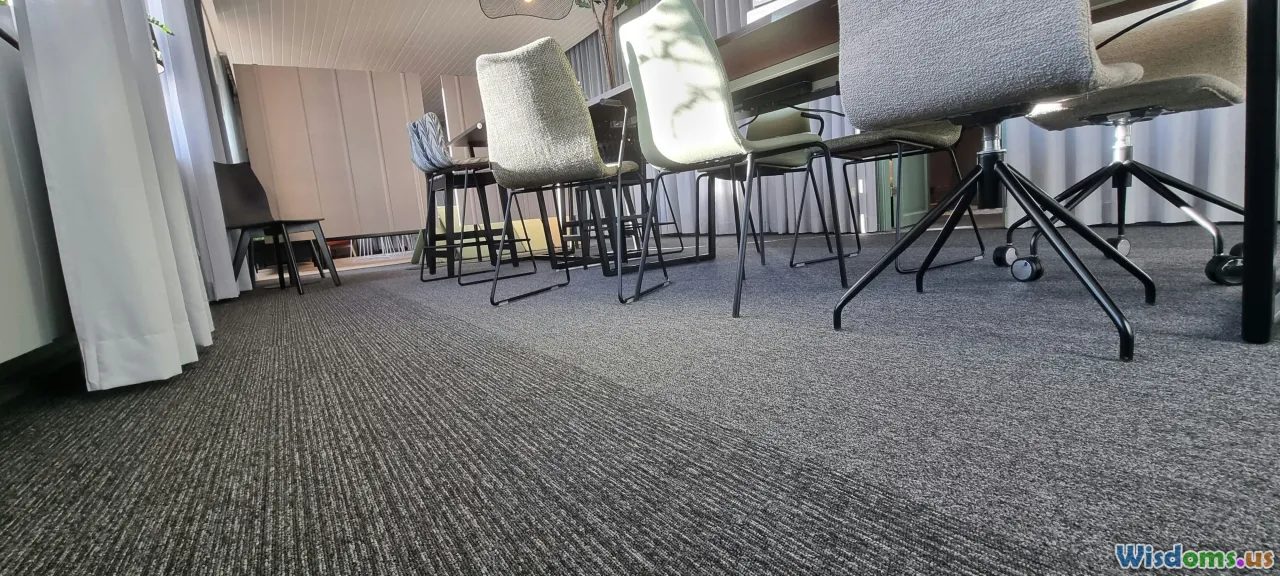
In traditional TESL settings, instructors deliver lectures during class time, assigning practice for homework. The flipped classroom reverses this dynamic: students access content—think video lectures, reading materials, vocabulary lists—outside the class, then engage in interactive tasks during face-to-face sessions.
Example in Practice:
- Before class: Students watch a short video explaining the difference between the simple past and present perfect tenses.
- In class: Groups work together to write stories mixing both verb forms, while the teacher provides feedback and addresses confusion.
In effect, direct instruction shifts to the learners' own time. Classroom hours center on higher-order skills: communication, problem-solving, and authentic language use. This is especially pertinent in TESL, where conversation and feedback are critical.
Key Features:
- Pre-class multimedia content (videos, quizzes, readings)
- In-class collaborative activities: debates, role plays, writing workshops
- Instant feedback and peer interaction
This model’s rising popularity in TESL stems from its alignment with active learning principles and its promise of more personalized support. But does the data back up the hype?
Evaluating the Hype: What the Research Really Says
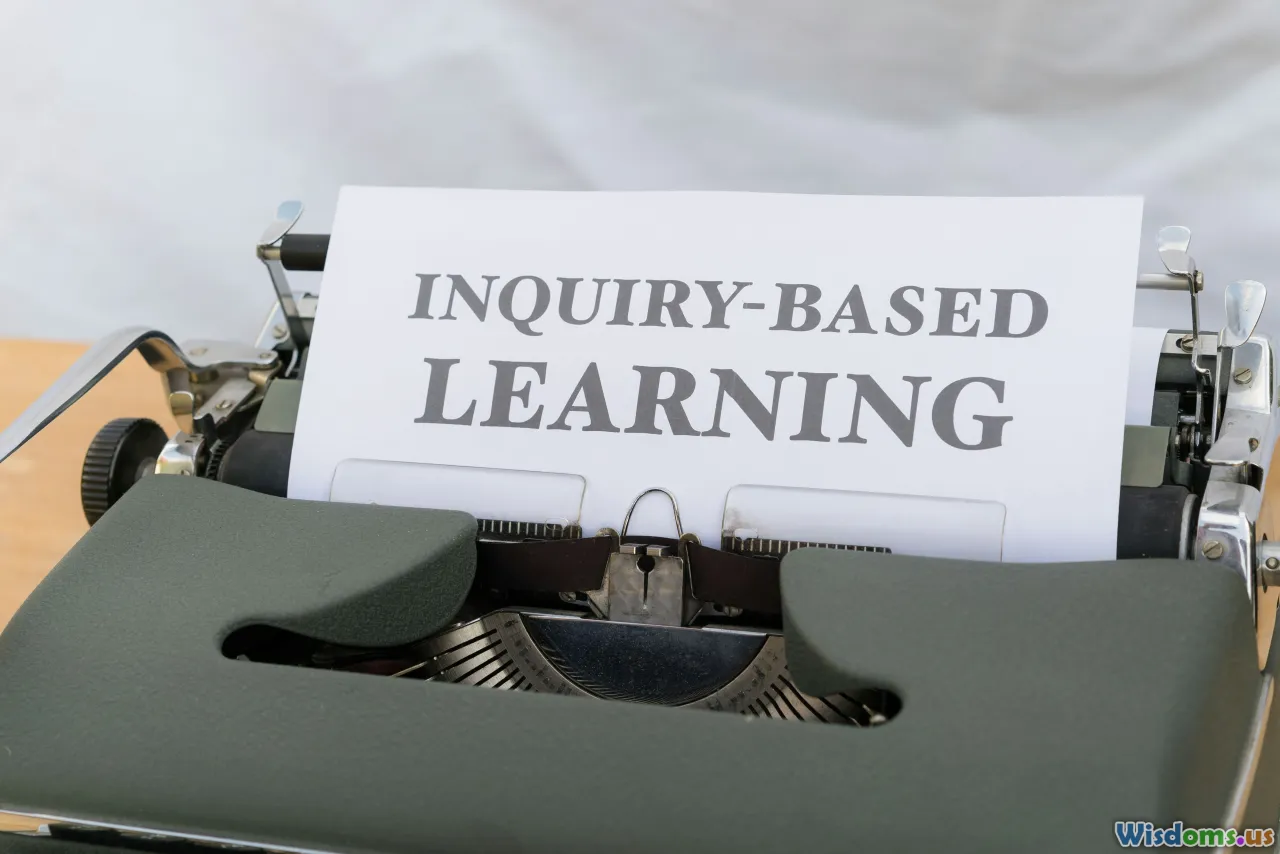
The excitement around flipped classrooms isn’t just marketing. Several studies have measured its effectiveness, specifically in language learning contexts.
Research Highlights:
- Boosted Engagement: A 2022 study involving Taiwanese EFL (English as a Foreign Language) students found that those in flipped classes demonstrated higher engagement and reported feeling more confident speaking English compared to peers in traditional classrooms.
- Learning Outcomes: Turkish university students learning English saw statistically significant gains in listening and speaking tests after experiencing the flipped model—especially among lower proficiency learners.
- Independent Learning: Research frequently notes increased learner autonomy. As students become more accustomed to sourcing and studying materials before class, their self-regulation skills improve—a lifelong benefit beyond language acquisition.
However, critics point out that the benefits aren’t uniform. Not every class, curriculum, or context will see the same measurable improvement, particularly where resources are limited or students lack self-motivation.
Benefits and Drawbacks: A Balanced Perspective
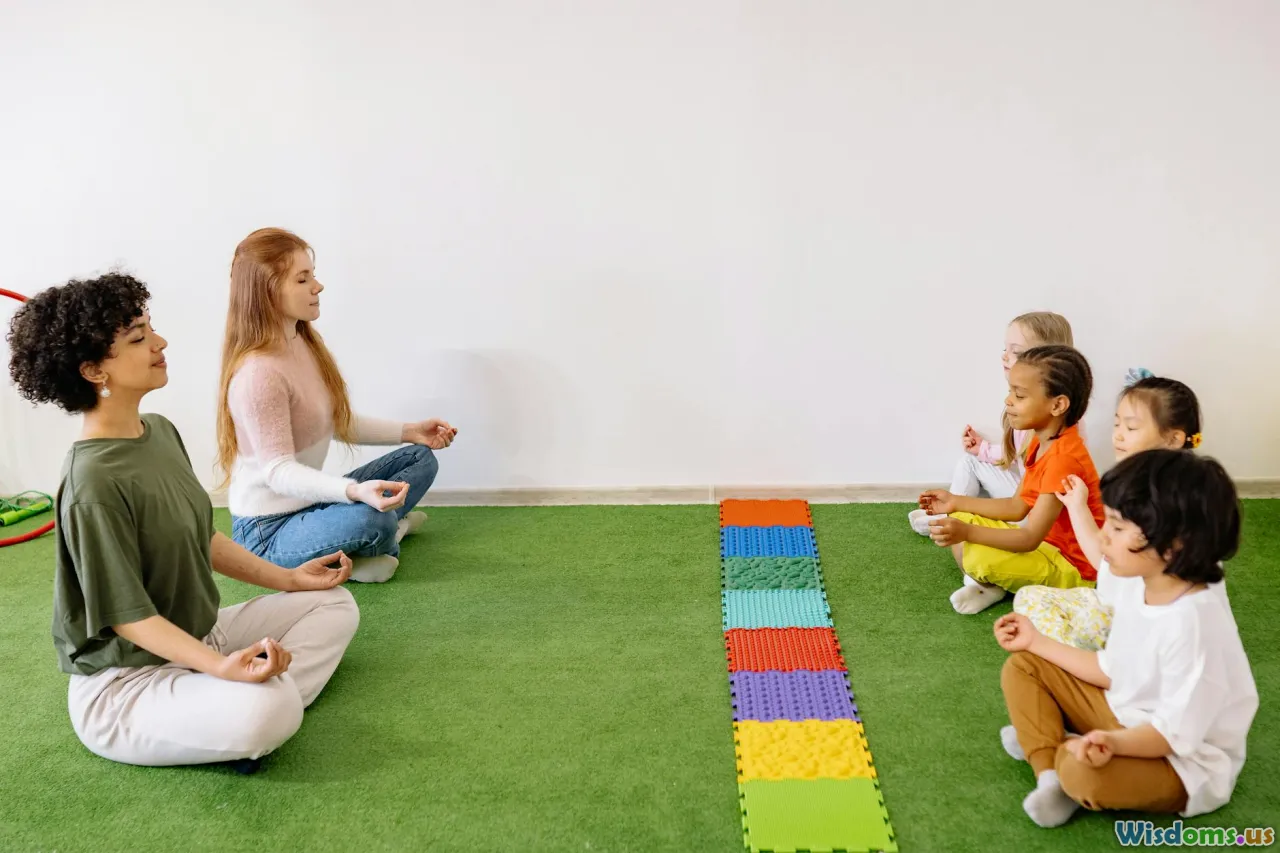
Noteworthy Benefits:
- Maximized Practice Time: Flipping creates space for authentic conversation practice, peer feedback, and targeted teacher support—invaluable for language fluency.
- Self-Paced Learning: Students review pre-class materials at their own speed, making the model adaptable for varying proficiency levels.
- Deeper Engagement: Classrooms often become livelier and more student-centered; learners take greater responsibility for their progress.
Potential Pitfalls:
- Access and Equity: The model presupposes all students have devices and decent internet. Disparities in access can create or widen learning gaps.
- Student Resistance: Some learners are unaccustomed to such autonomy and may struggle if not adequately guided or motivated.
- Heavy Workload for Teachers: Creating engaging, level-appropriate pre-class content is demanding. Teachers must invest significant time upfront.
Real-world Insight: Dr. Miriam Gonzales, an ESL coordinator in Spain, reports that her school’s pilot of a flipped model saw “energetic group work and substantial language gains—but also student complaints about too much independent preparation.” Her take: scaffolded support and careful calibration of pre-class tasks are non-negotiable.
Flipped Classroom Case Studies in TESL

The Hong Kong Secondary School Experience
An urban Hong Kong school working with intermediate-level teens adopted the flipped approach. Teachers curated English YouTube grammar clips for home study, then used classroom time for creative dialogues and drama. End-of-term tests showed a 15% improvement in speaking proficiency.
Challenges:
- Not all students watched videos.
- Some parents questioned the "less teaching time for teachers" approach, despite improved results.
Community College in Canada
Here, beginner adult immigrants received short podcasts introducing key vocabulary and functional phrases before each lesson. In person, they applied knowledge through simulations like job interviews. Surveys indicated higher satisfaction and a sense of belonging among students in the flipped cohort.
Lessons Learned:
- Success depended on consistent messaging to students and families.
- Teachers intervened early if preparatory work was incomplete, building routines together.
How to Execute a Flipped Lesson for English Learners

Curious about bringing the concept to life? Here's a sample blueprint for flipping a TESL unit.
1. Choose the Right Content
Start with topics that lend themselves to discussion and real-life application: e.g., expressing opinions, making requests, or describing experiences.
2. Create or Curate Pre-Class Materials
- Videos: Make 5-10 minute clips or source level-appropriate material (TED-Ed, BBC Learning English, or teacher-recorded explanations)
- Interactive Tools: Use Google Forms, Quizlet, or Edpuzzle to embed quizzes or checkpoints
- Readings: Upload graded articles or stories; encourage annotations
3. Assign Practice with Clear Instructions
Set expectations about watching, reading, and notetaking. Provide guiding questions (e.g., "List 3 examples of the past perfect from the video") to focus their attention.
4. Design In-Class Engagement
Forget filling the class with explanation—plan:
- Problem-solving group games
- Authentic role plays (e.g., ordering food, settling a travel dispute)
- Peer editing of written assignments
- Oral presentations with feedback rounds
5. Monitor and Adapt
Collect exit slips or mini-surveys weekly to track who’s keeping pace. Offer office hours or digital feedback to support stragglers.
Tech Tips:
- If bandwidth is limited, offer offline alternatives (pre-loaded USBs, printable worksheets)
- Use class time for collaborative digital tasks, maximizing in-person discussion for speaking and listening
Teachers Speak: What’s Gained, What’s Lost?

TESL instructors worldwide grapple with the pros and cons. Here are voices from the field:
Sara Ahmed, Cairo: “With large classes, flipping is a lifesaver—I focus my energy on those struggling. But some students don’t take the pre-work seriously, so class activities fall flat unless I check understanding first.”
Rina Kim, Seoul: “The flipped model let my shy students shine! They had time to review content alone and weren’t put on the spot in class. But prepping materials every week? Exhausting before I built a video library.”
James O’Malley, Dublin: “Flexibility is key. Some weeks we flip, other times we do traditional review if the concept is tough or if Internet access fails. Blending methods has been our sweet spot.”
The consensus? Tailoring is critical: a one-size-fits-all flip rarely works. Continual feedback and resource sharing between teachers improve the process and help sustain energy over time.
Comparing Flipped and Traditional TESL Methods
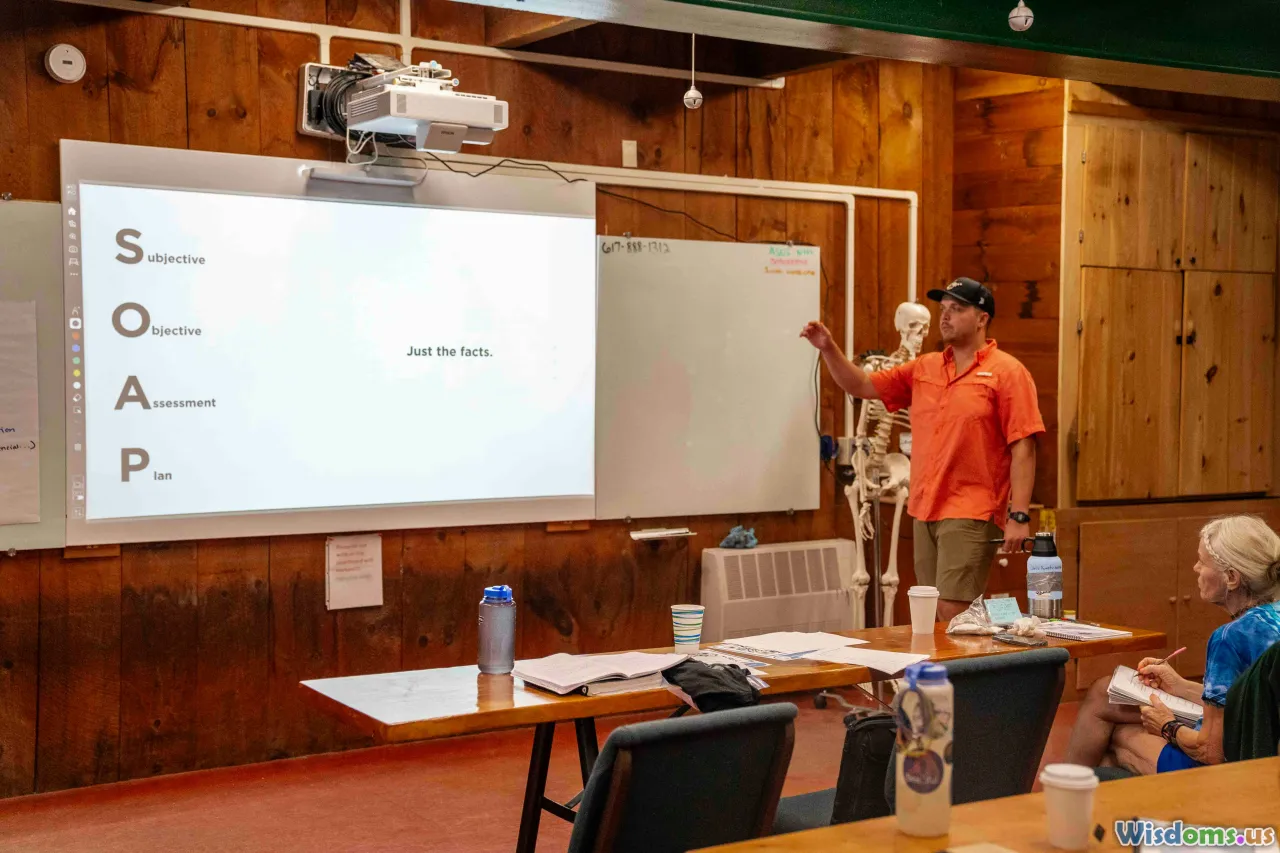
| Aspect | Flipped Classroom | Traditional Classroom |
|---|---|---|
| Main Class Focus | Practice, application | Lecture, explanation |
| Teacher Role | Facilitator, coach | Presenter, authority |
| Student Role | Active participant | Passive listener |
| Home Assignments | Pre-learning | Post-lesson review |
| Technology Use | High (videos/resources) | Optional or minimal |
Takeaway: The flipped model shifts the cognitive load, requiring greater self-direction from learners. For adult or advanced ESL students, this often enhances engagement; for beginners or very young learners, more scaffolding is essential.
Making Flipping Work: Top Strategies for TESL Success

- Start Small: Flip a single lesson, not the entire curriculum. Test what works and collect feedback.
- Keep Materials Short and Simple: Five minutes beats fifty—concise videos, clear guiding questions, focused readings reduce cognitive overload.
- Model Effective Preparation: Show students how to take notes from video and how to use digital tools. Run a demo session together.
- Incorporate Checkpoints: Online quizzes or discussion questions ensure preparation and provide immediate accountability.
- Blend Methods as Needed: Use traditional instruction for complex points or if resources aren’t available. Flexibility is a strength, not a failure.
- Engage Families and Stakeholders: Especially for K–12 or community cohorts, explain the shift and share evidence of benefits to build buy-in.
- Collaborate: Swap materials with colleagues, share video libraries, and pool quiz banks to lighten prep loads.
Looking Ahead: The Future of Flipped TESL

As technology becomes more embedded in global education, flipped classrooms will quicken their pace, but what matters most in TESL are relationships and engagement. Flipping isn’t a silver bullet, but a value-adding tool when wielded intentionally. The method suits today’s diverse, tech-savvy, and sometimes distracted learner population, offering a chance for more voice and choice.
For TESL educators considering this approach, start modestly, stay collaborative, and keep communication channels wide open. Ultimately, the flipped classroom’s real value isn’t in replacing the teacher as expert but in amplifying the classroom as a dynamic space for genuine language use. Hype aside, it just might be worth that leap.
Rate the Post
User Reviews
Other posts in Teaching English as a Second Language (TESL)
Popular Posts











